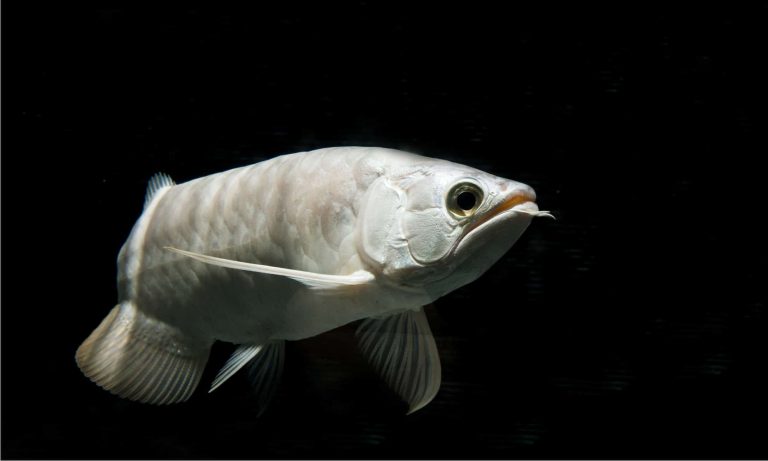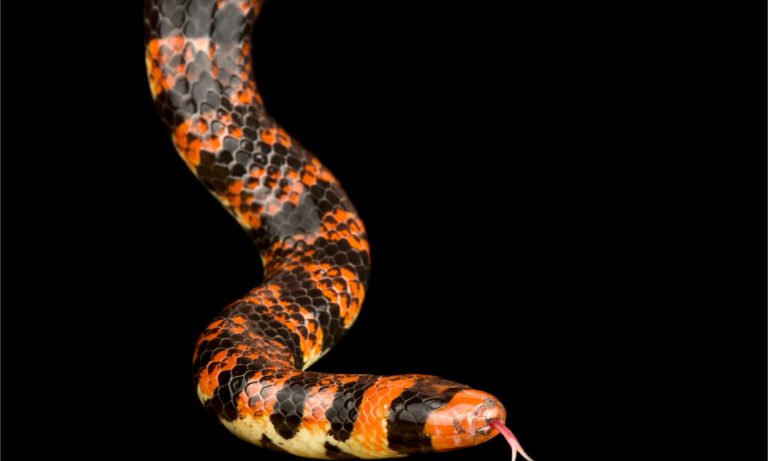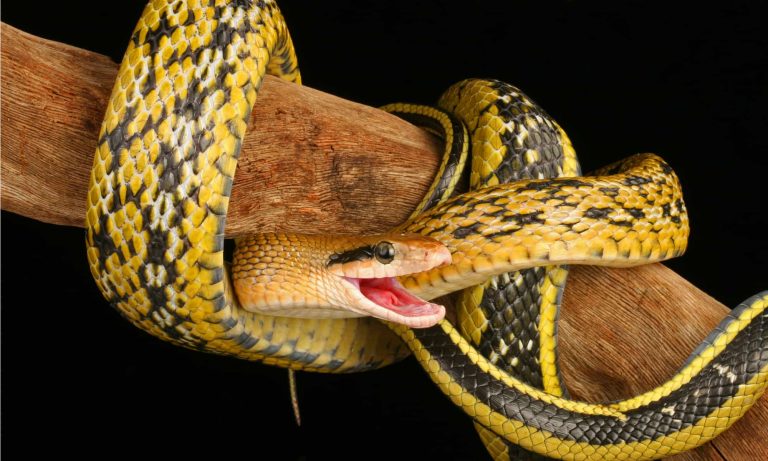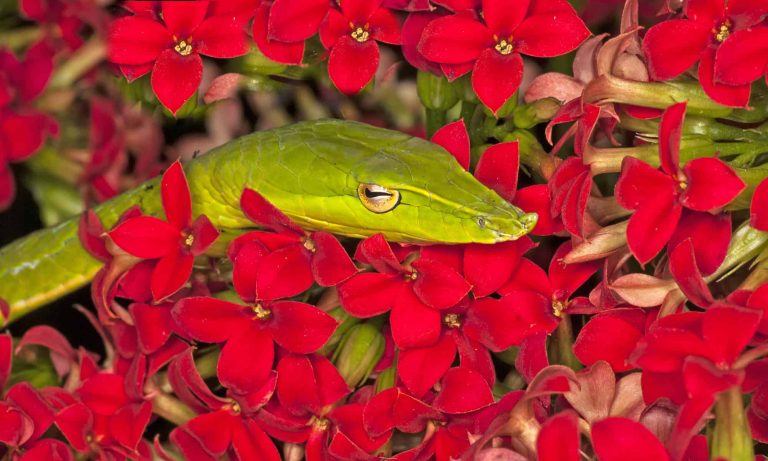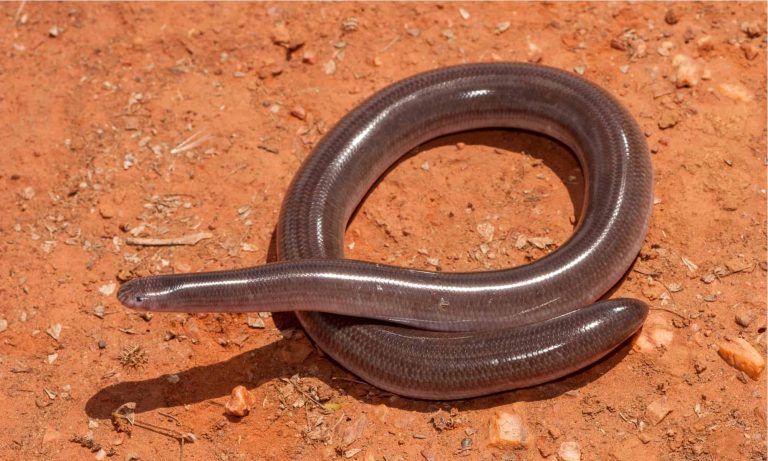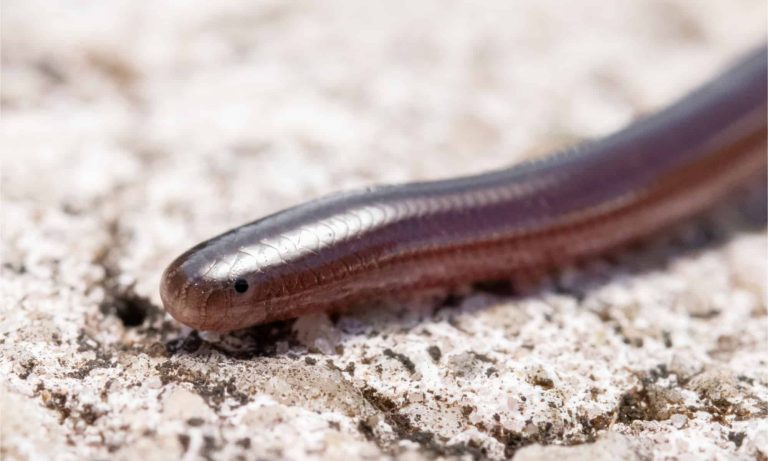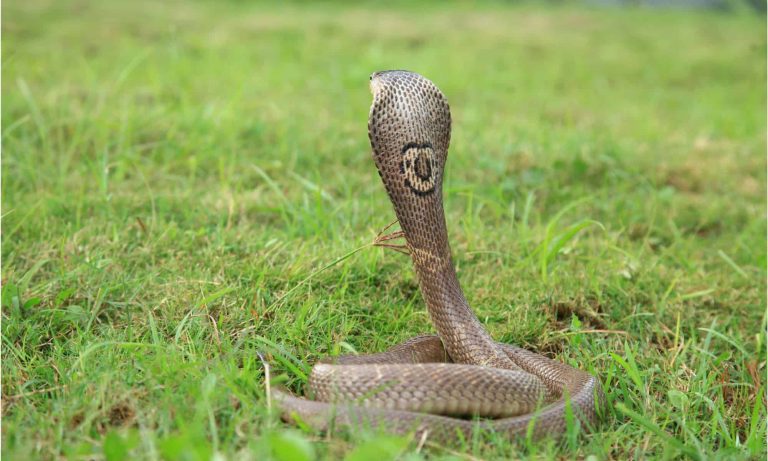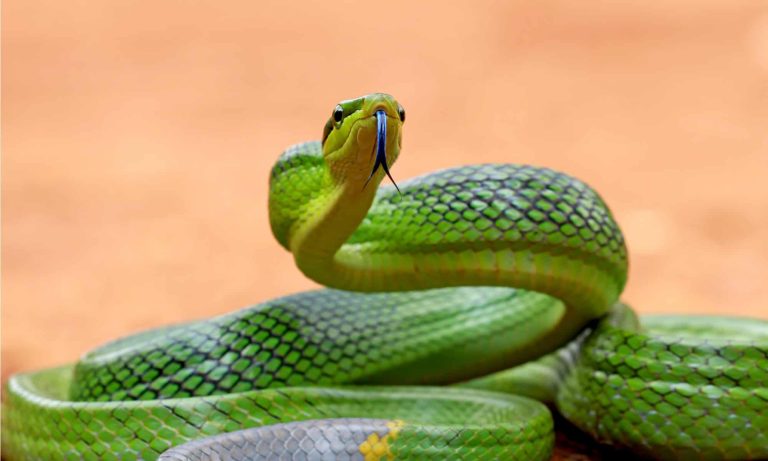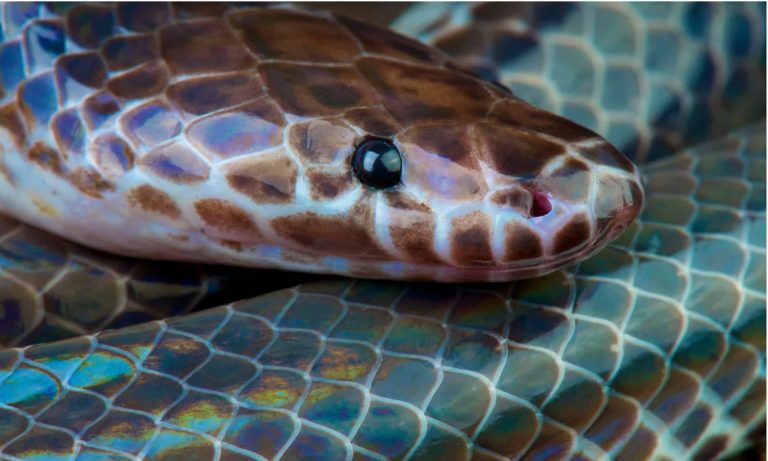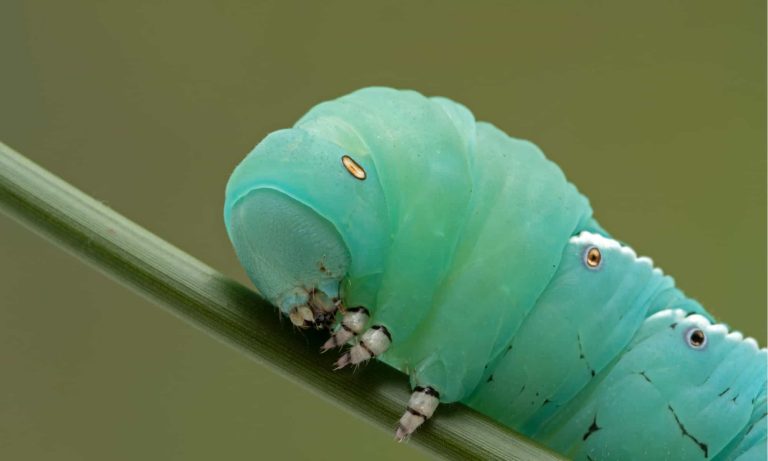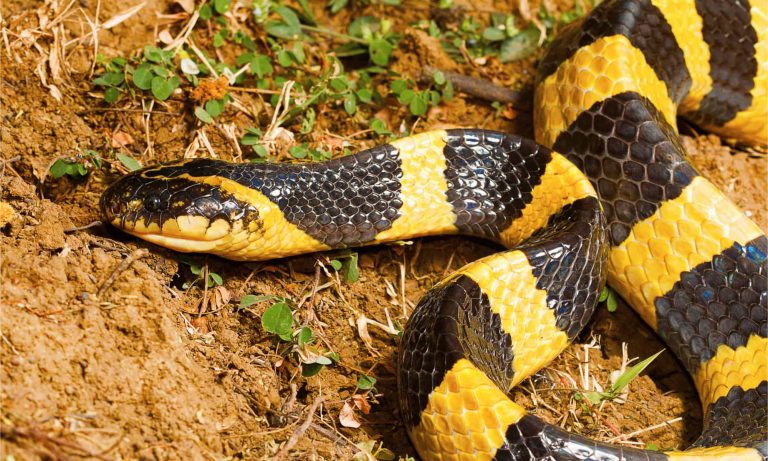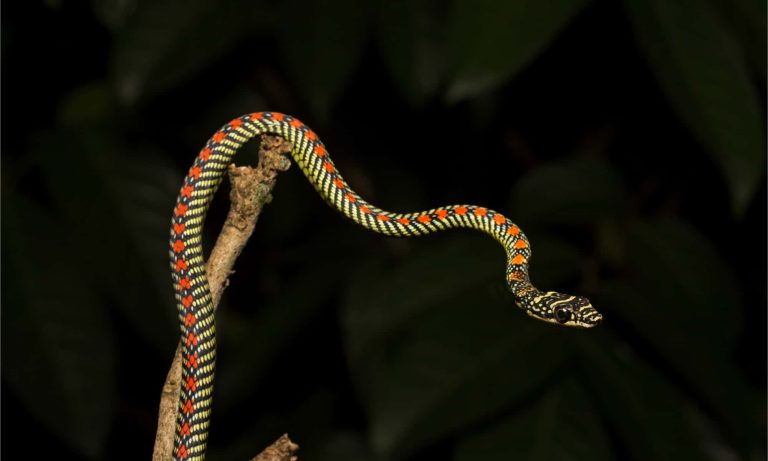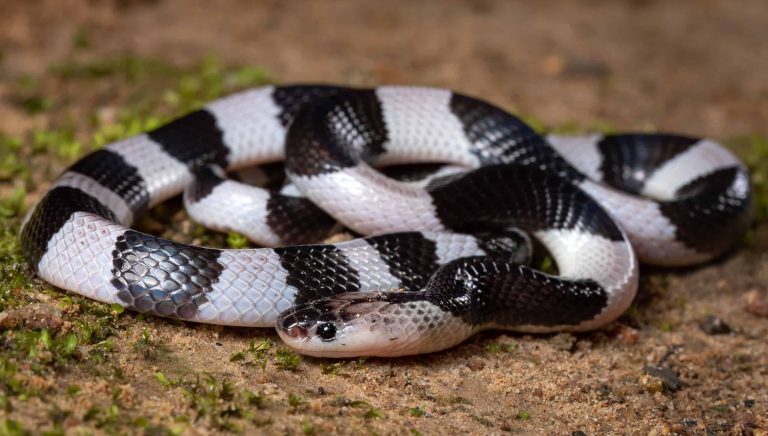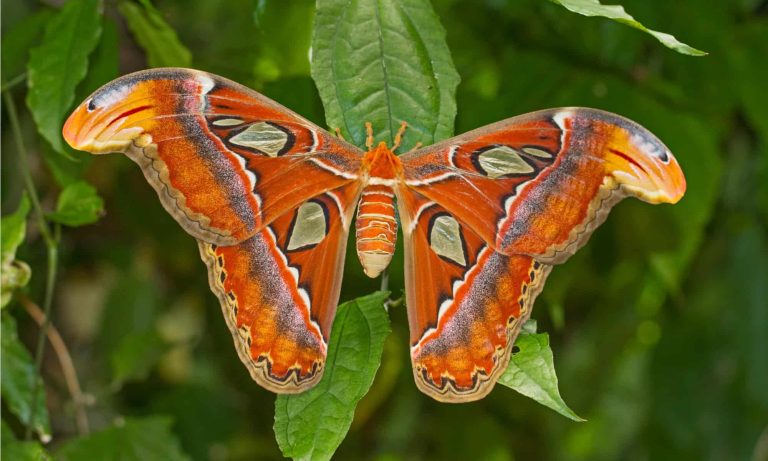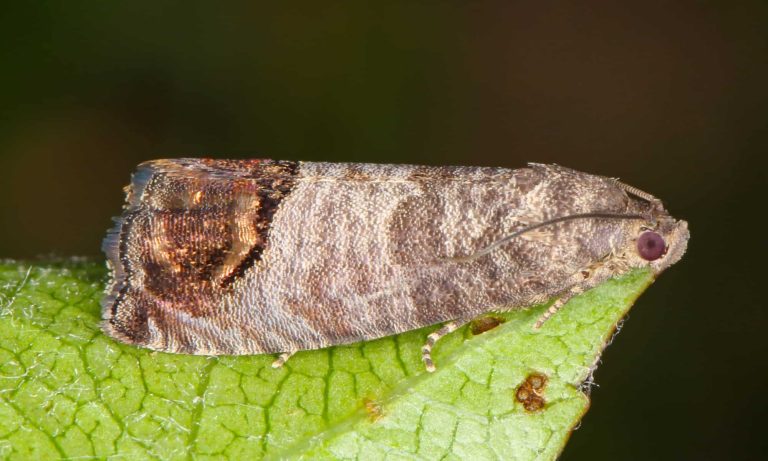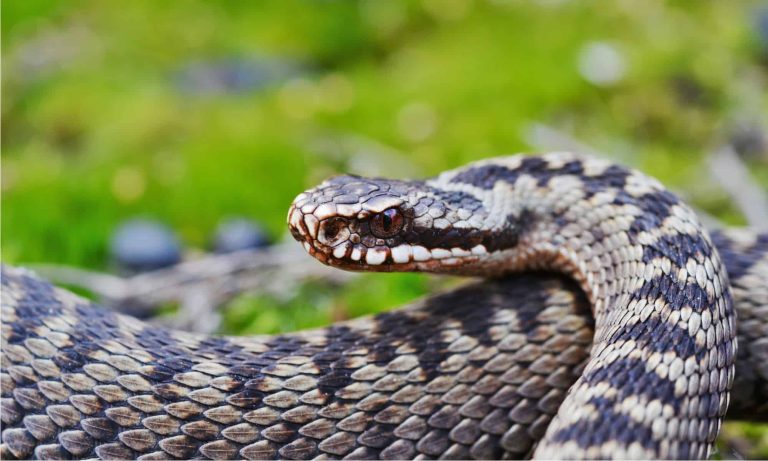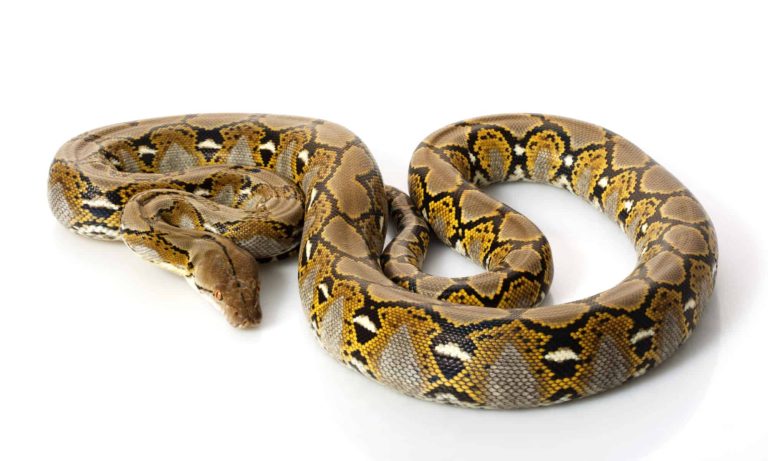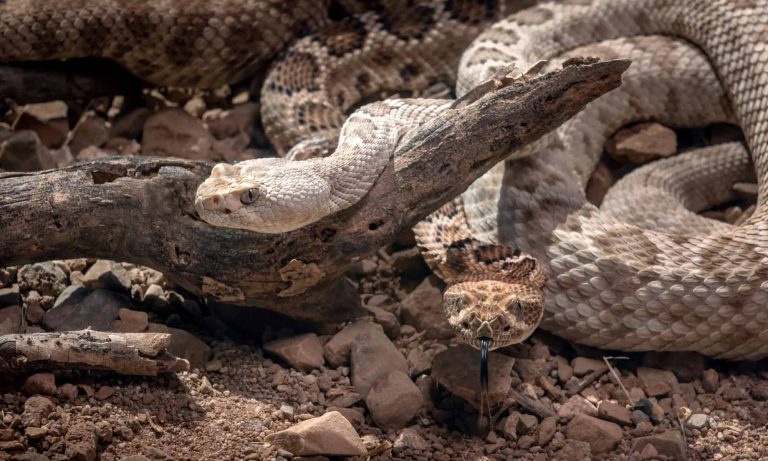Cambodia
Pipe Snake
Some of these snakes flatten their neck and raise their heads to imitate cobras if they’re threatened.
Beauty rat snake
Beauty Rat Snakes are relatively harmless if left undisturbed, only attempting to bite out of fear.
Vine Snake
A slender body and elongated snout give the vine snake a regal look.
Blind Snake
The blind snake is often mistaken for a worm.
Monocled Cobra
The monocled cobra is responsible for the highest fatality rate of any snake in all of Thailand.
Green Rat Snake
The green rat snake catches its meals in midair!
Sunbeam Snake
Sunbeam snakes have two lungs instead of just a single lung like most snake species.
Hawk Moth Caterpillar
Many hawk moth caterpillars eat toxins from plants, but don’t sequester them the way milkweed butterflies do. Most toxins are excreted.
Banded Krait
What often prevents more people from falling victim is that the banded krait does not always inject venom in a defensive bite. It saves the venom for hunting prey instead.
Paradise Flying Snake
Paradise Flying Snakes can glide over 100 yards!
Malayan Krait
It's called the five-step snake because if a person is bitten, they can walk about five steps before dying.
Atlas Moth
Adult atlas moths do not eat - they live off fat they stored as larvae.
Codling Moth
Pupae are able to undergo diapause to survive poor fruit yield years and winter.
Viper
Vipers are one of the most widespread groups of snakes and inhabit most
Reticulated python
These popular pets can get big enough to kill their owner.
Pit Viper
Pit vipers's fangs fold up into their mouths when they don't need them.

